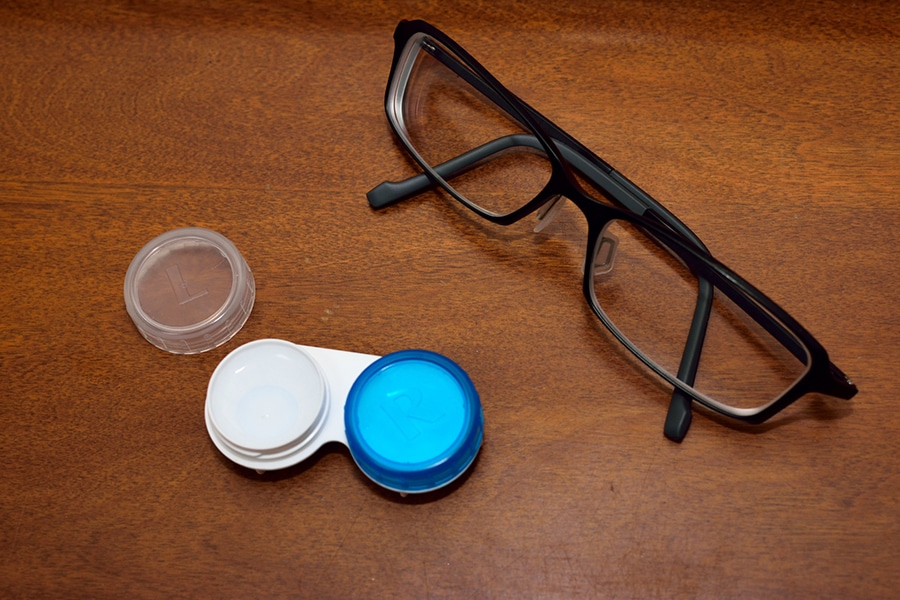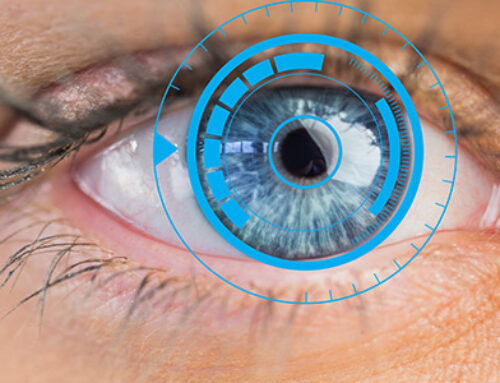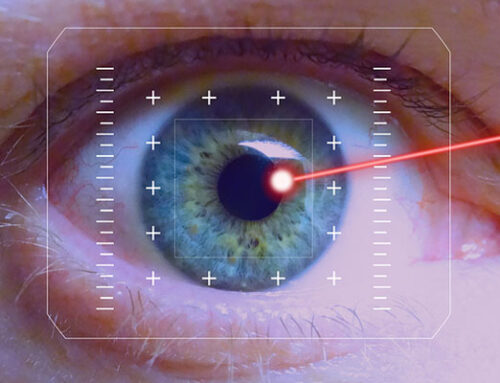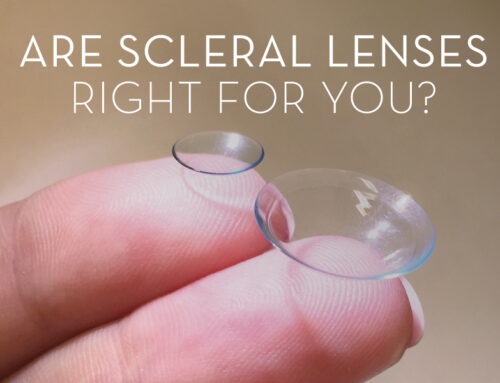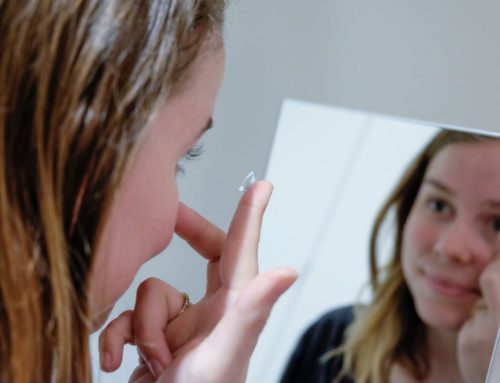Did you know that there are different types of contact lenses? People who aren’t familiar with contact lens technologies don’t realize that contact lenses can be made in different ways. If you want to enjoy improved vision without wearing eye glasses, then you should talk with your eye doctor about the benefits of wearing contact lenses.
Generally, there are two main types of contact lenses: soft and hard. But, there are different sub-categories within these general types of contact lenses. Here are a few common types that you might wear:
- Daily Wear Contact Lenses: These are the cheapest types of contact lenses, so they are often used by people who are looking for a simple solution. These contact lenses are removed each night, and you will have a specific replacement schedule to follow.
- Extended Wear Contact Lenses: Unlike daily wear lenses, extended wear lenses can be worn for several days a time. It isn’t necessary to remove these lenses at night, and some people will wear them for as long as a week. It is necessary to remove the lenses to clean them at least once a week. These extended wear contact lenses aren’t recommended as often as the daily wear lenses, because it has been found that the risk of corneal infection increases when contact lenses are worn overnight.
- Disposable Contact Lenses: Disposable lenses are convenient, because they are replaced either daily, weekly, bi-weekly, or monthly. Since they are replaced so frequently, some people prefer to wear disposable lenses because they don’t have to worry about the ongoing maintenance with a single pair of contact lenses. These lenses are commonly recommended for people with allergies, or people who experience deposits that begin to form on their contact lenses.
- Rigid Gas Permeable Lenses: These hard contact lenses are commonly used, and they are beneficial because they hold their shape. Even though they are hard, they still allow oxygen to flow through the lens to reach the cornea of the eye. If a person has astigmatism, which is an eye condition where the shape of the cornea changes, then RPG lenses might be suggested. Since the lenses are rigid in shape, they can help to correct the vision and even potentially slow the progression of astigmatism.
- Bifocal Lenses: As a person ages, it is common for someone to need bifocals or multifocal lenses. These lenses are available in glasses, or a person might choose to wear bifocal contact lenses instead. Bifocal or multifocal contact lenses come in both soft and hard varieties, and they can help with both farsightedness and nearsightedness.
As you can see, there are many different types of contact lenses that might be used. The best way to determine the right types of lenses for your individual needs is to talk with an experienced eye doctor. Your doctor will perform an eye exam and then make a suggestion based on your eye health. For more information about contact lenses or other eye-related topics, feel free to call us at Village Eyecare any time.



